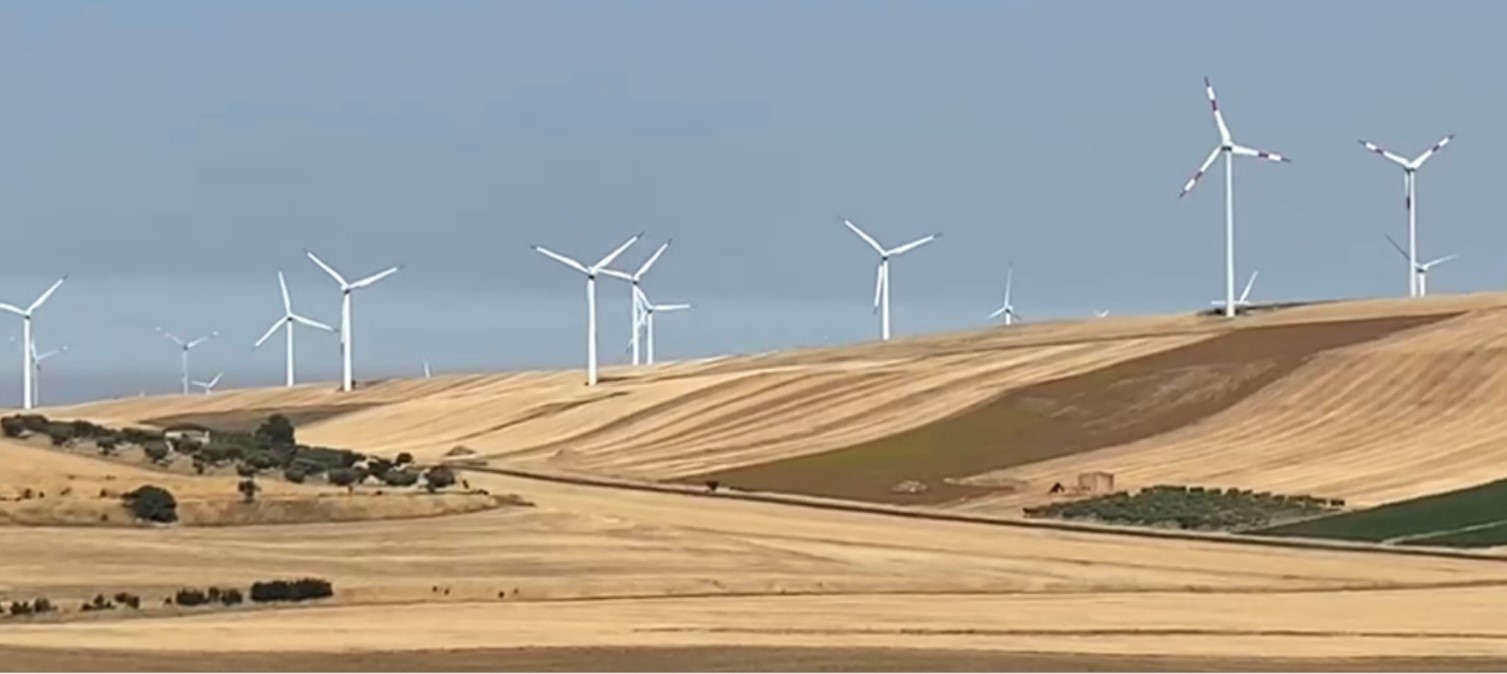BELS (Building-Housing Energy-efficiency Labeling System) is a system in which a third-party evaluation organization evaluates and certifies the energy-saving performance of new and existing buildings. This is the only third-party certification system that meets the obligation to make efforts to indicate energy-saving performance imposed on real estate developers, etc. under the Act on the Improvement of Energy Consumption Performance of Buildings (Building Energy Efficiency Act), which went into effect in April 2016. It is a unified evaluation standard for all buildings, from ordinary buildings to residential buildings, including condominiums, and is attracting increasing attention from society.
The Group will continue to actively utilize public environmental certification systems to ensure a high level of environmental friendliness in its development properties.
For more information on the Building-Housing Energy-efficiency Labeling System (BELS), please click here.
| Property name | Location | Completion | Number of floors | Rating |
|---|---|---|---|---|
| S-RESIDENCE Kotoni Ekimae | 1-9, 5-chome, Ichijo, Kotoni, Nishi-ku, Sapporo-shi | March 2023 | 4 floors above ground | 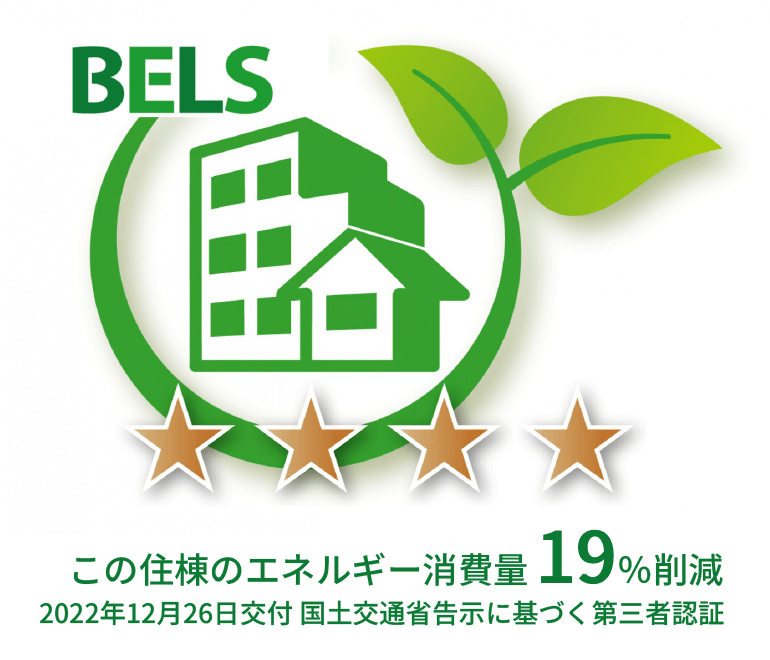 |
| S-RESIDENCE Odori Higashi | 12-28, 7-chome, Odori Higashi, Chuo-ku, Sappro-shi | March 2024 | 5 floors above ground | 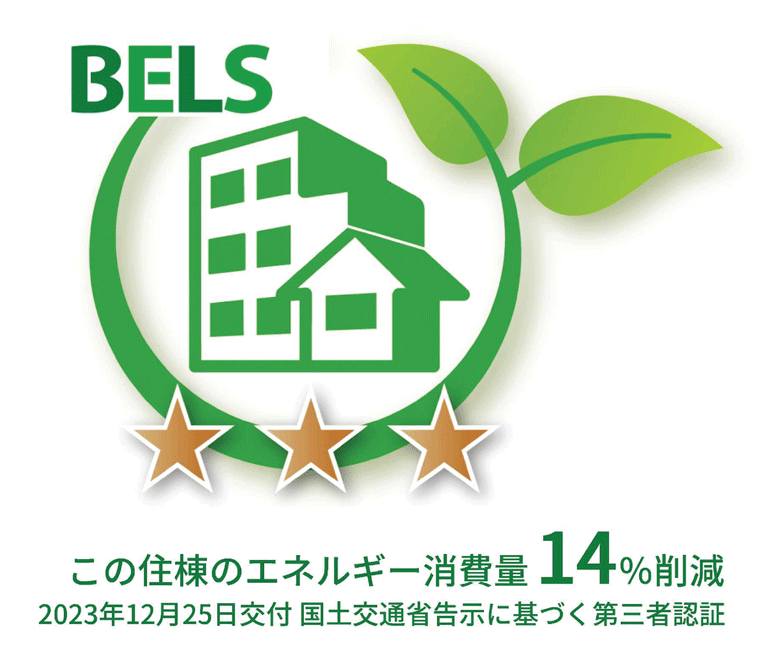 |
| Nakamura-ku, Ibukacho Project | Nakamura-ku, Nagoya-shi | June 2024 (scheduled) |
7 floors above ground | 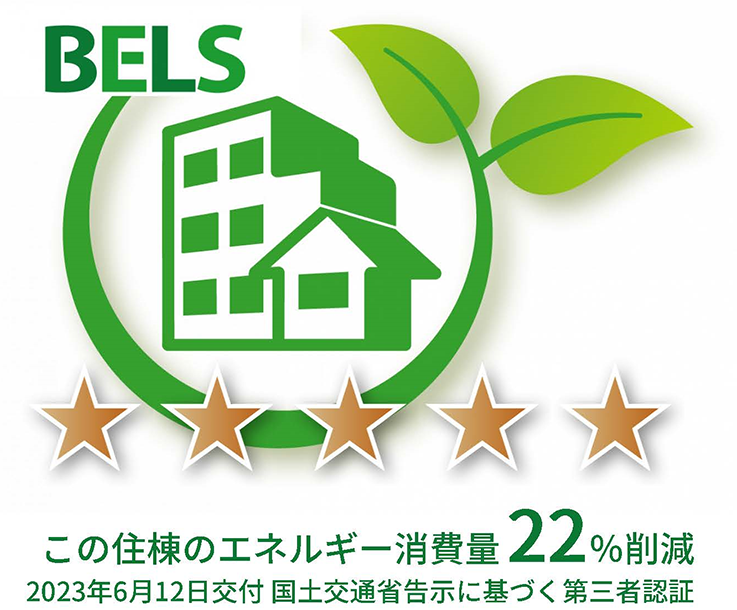 |
| Hakata-ku, Hakataeki-Minami 6-chome Project | Hakata-ku, Fukuoka-shi | September 2024 (scheduled) | 8 floors above ground | 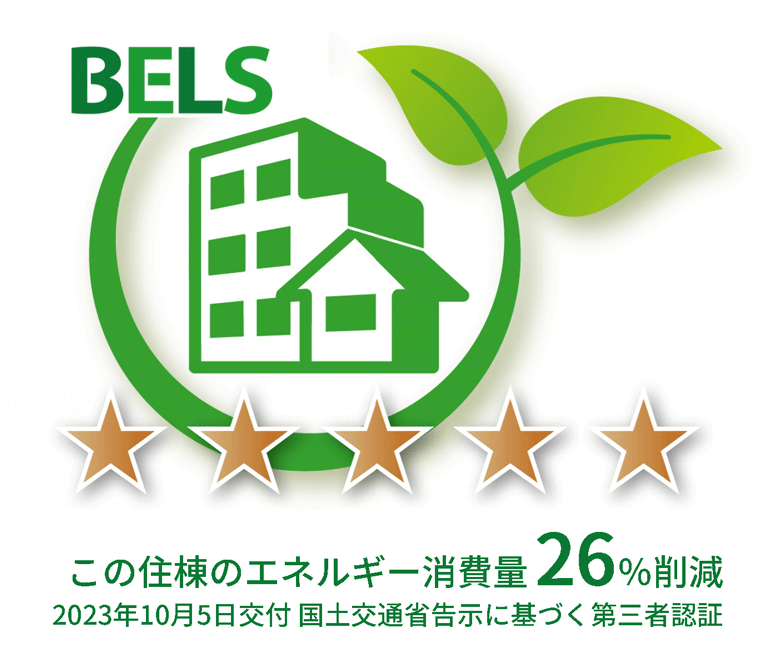 |
| Nakagawa-ku, Hatanocho Project | Nakagawa-ku, Nagoya-shi | October 2024 (scheduled) |
13 floors above ground | 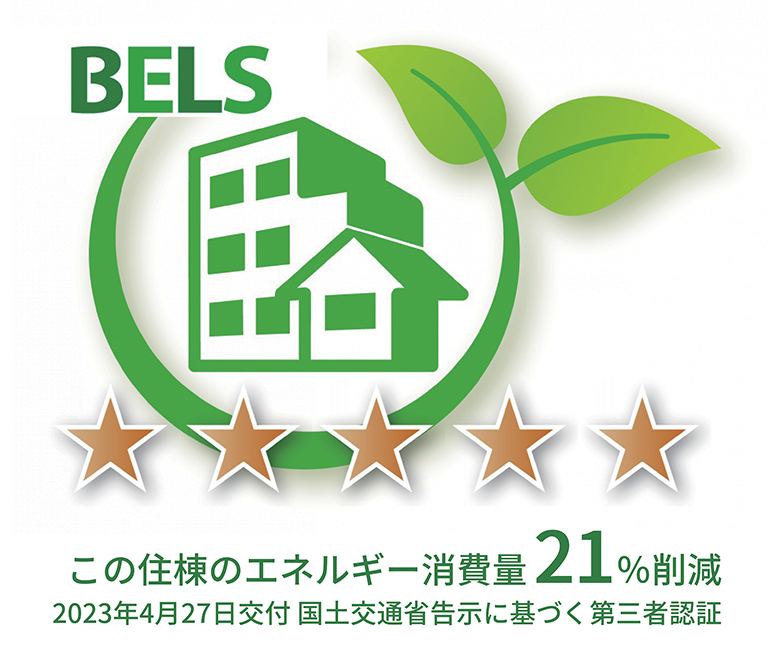 |
| Yodogawa-ku, Nishmikuni 1-chome Project | Yodogawa-ku, Osaka-shi | October 2024 (scheduled) | 9 floors above ground | 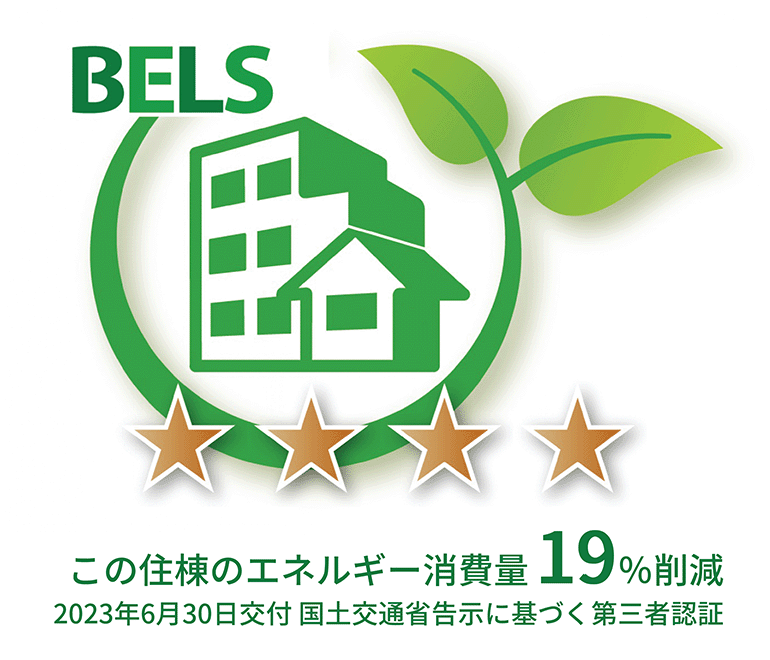 |
| Nakamura-ku, Kamejima 1-chome II Project | Nakamura-ku, Nagoya-shi | November 2024 (scheduled) | 13 floors above ground | 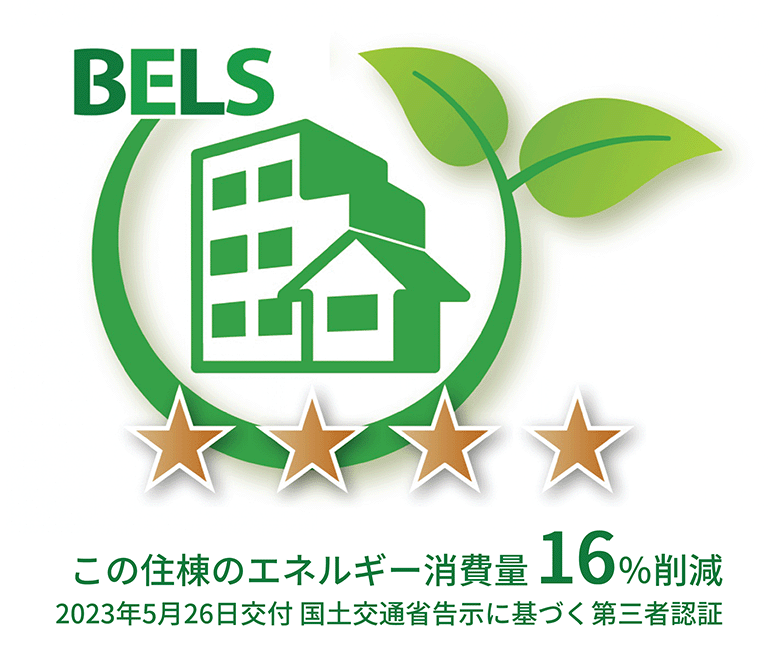 |
| Naniwa-ku, Daikoku 2-chome Project | Naniwa-ku, Osaka-shi | November 2024 (scheduled) | 9 floors above ground | 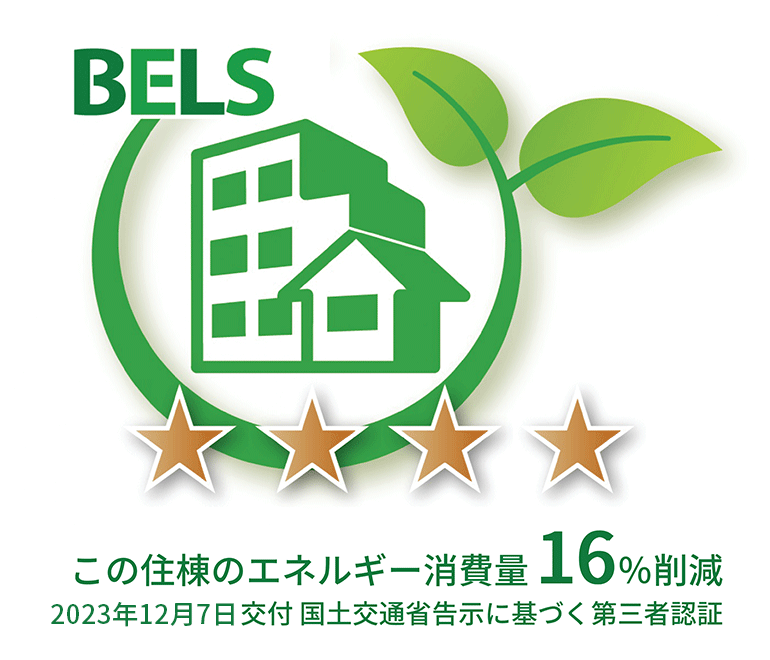 |
| Chuo-ku, Kita Ichijo Nishi, 26-chome Project | Chuo-ku,Sapporo-shi | December 2024 (scheduled) | 10 floors above ground | 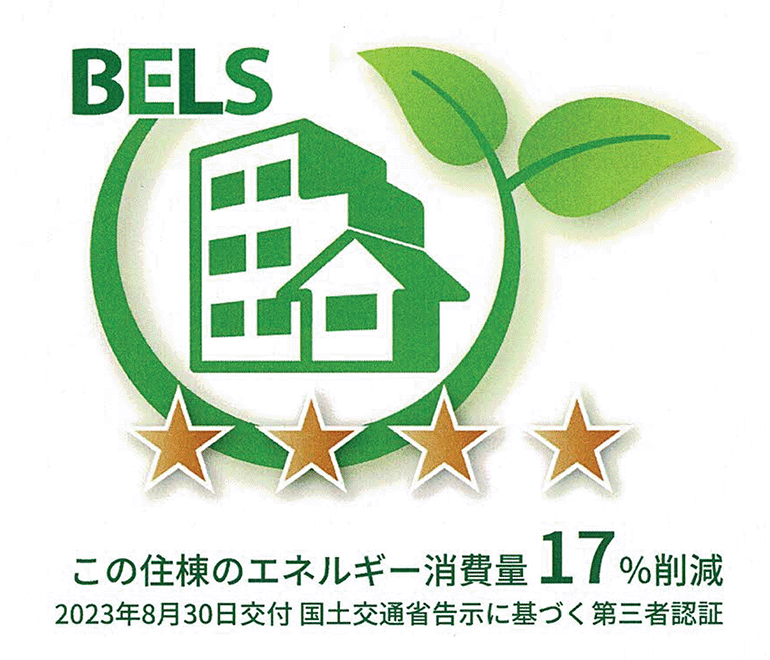 |
| Fukushima-ku, Ebie 2-chome Project | Fukushima-ku, Osaka-shi | January 2025 (scheduled) | 15 floors above ground | 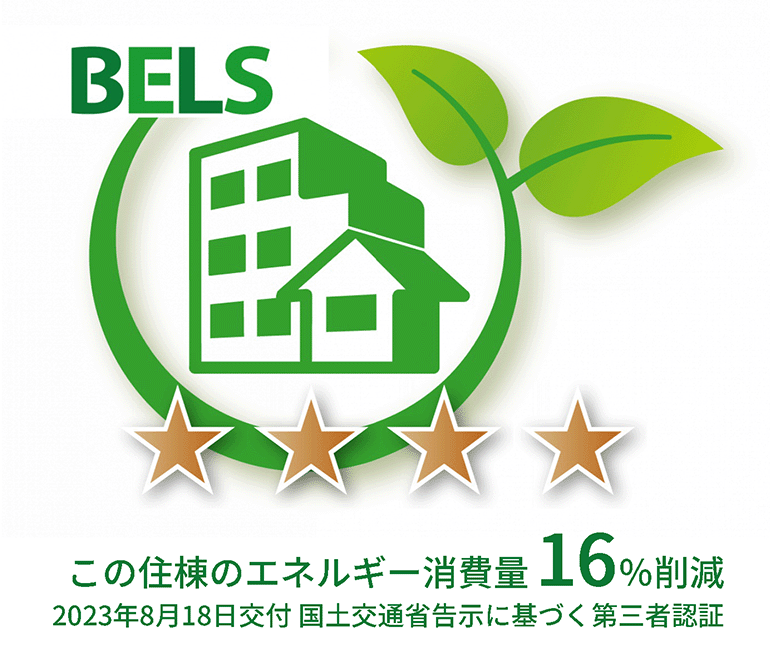 |
| Sakai-shi, Nishi-ku, Hamadera Ishizucho 1-chome Project | Sakai-shi, Osaka | January 2025 (scheduled) | 10 floors above ground | 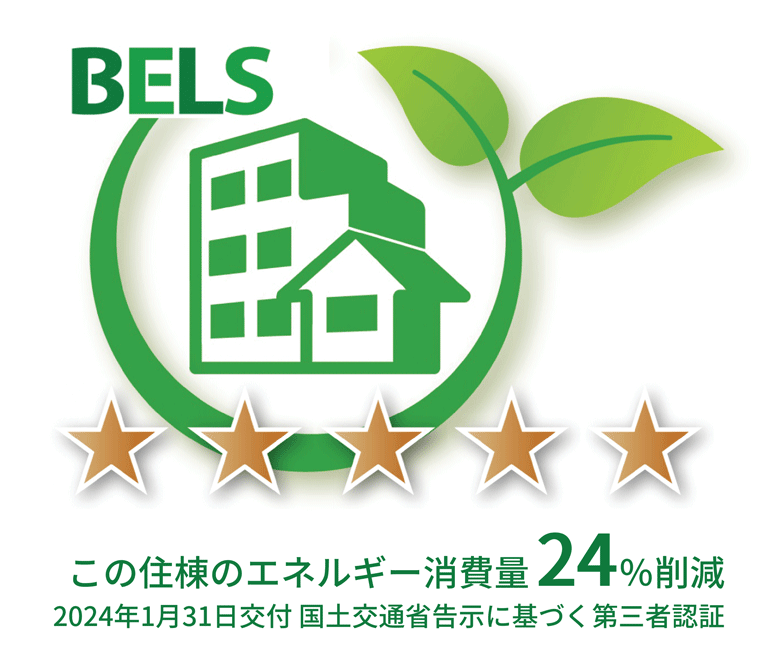 |
| Moriguchi-shi, Takii-motomachi, 1-chome Project | Moriguchi-shi, Osaka | January 2025 (scheduled) | 15 floors above ground | 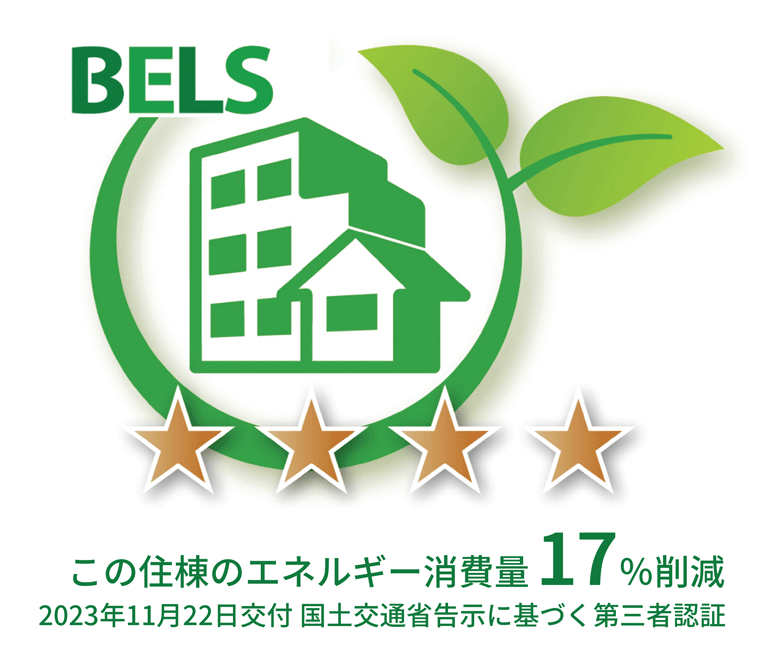 |
| Kagoshima-shi, Komatsubara, 2-chome Project | Kagoshima-shi, Kagoshima | January 2025 (scheduled) | 9 floors above ground | 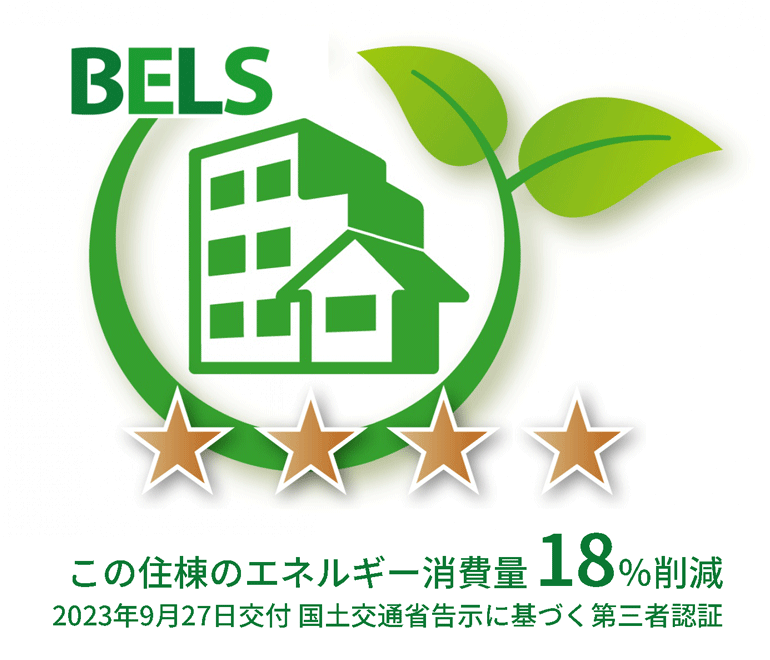 |
| Higashi Osaka-shi, Takaida-nishi, 6-chome Project | Higashi Osaka-shi, Osaka | February 2025 (scheduled) | 11 floors above ground | 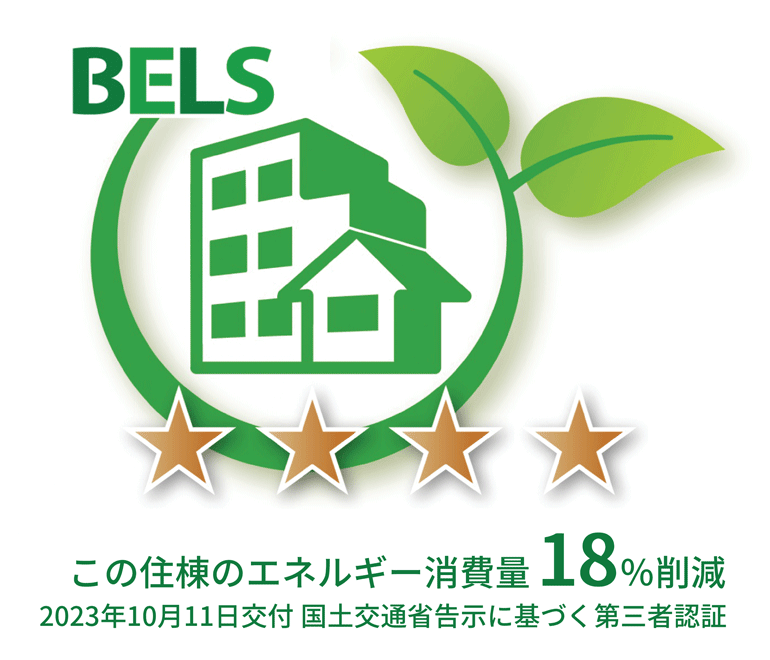 |
| Saga-shi, Tenjin 2-chome Project | Sag-shi, Saga | February 2025 (scheduled) | 14 floors above ground | 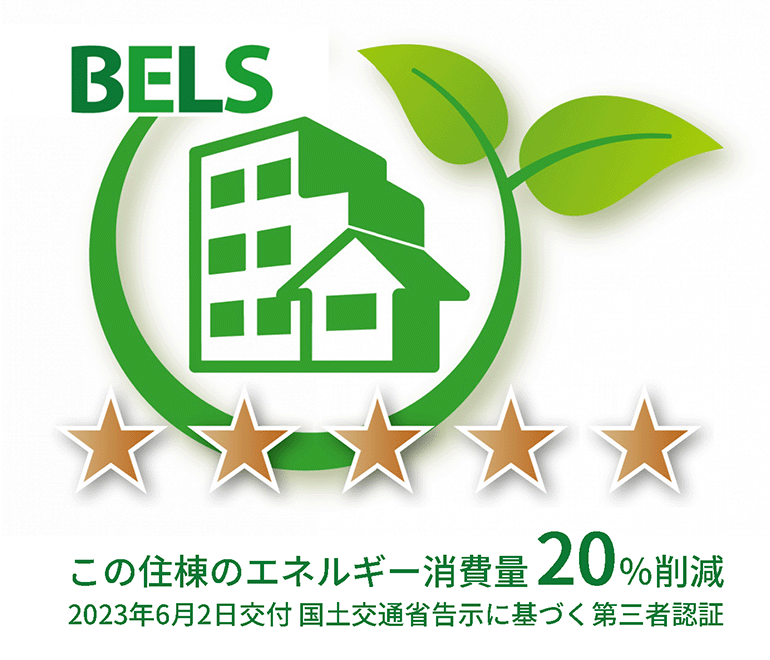 |
| Suginami-ku, Miyamae 4-chome Project | Suginami-ku, Tokyo | March 2025 (scheduled) | 5 floors above ground | 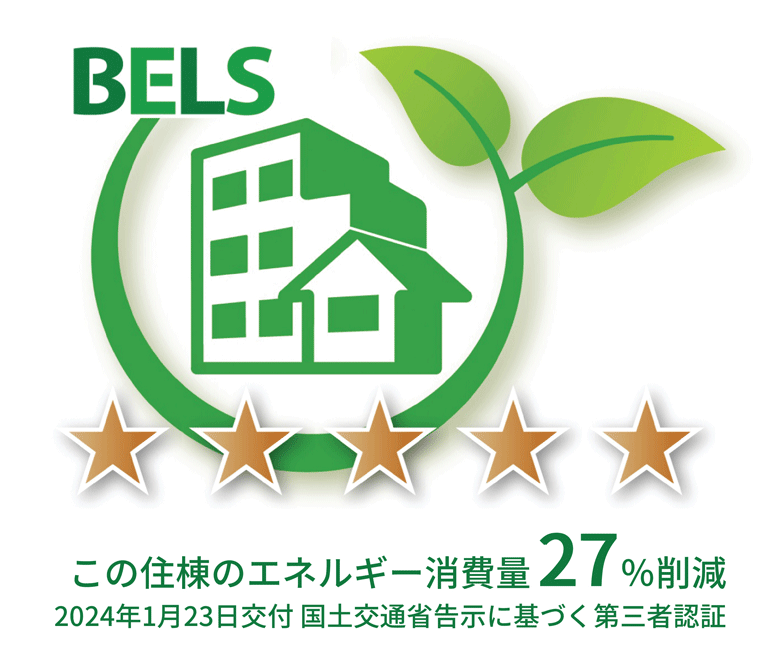 |
| Higashi Osaka-shi, Kosaka, 1-chome Project | Higashi Osaka-shi, Osaka | March 2025 (scheduled) | 15 floors above ground | 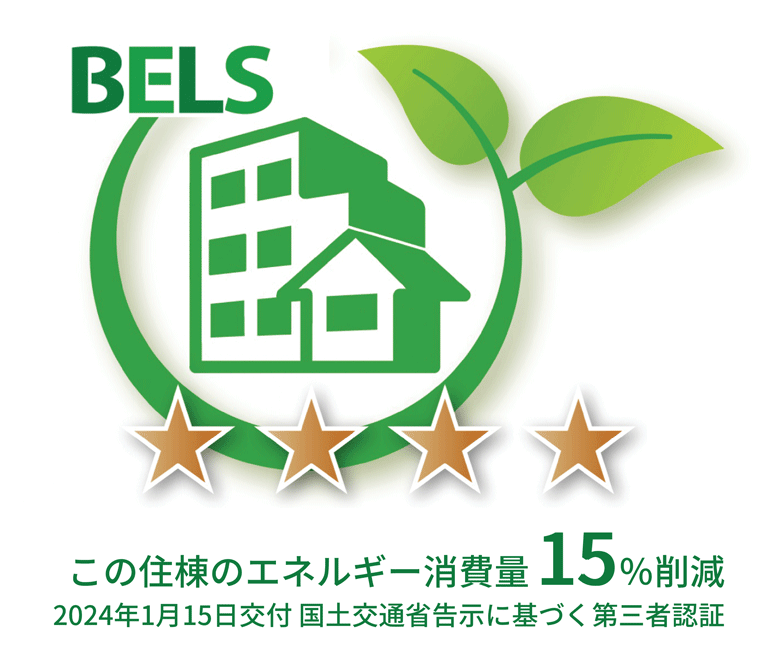 |
| Nakagawa-ku, Yaguma, 3-chome Project | Nakagawa-ku, Nagoya-shi | March 2025 (scheduled) | 11 floors above ground | 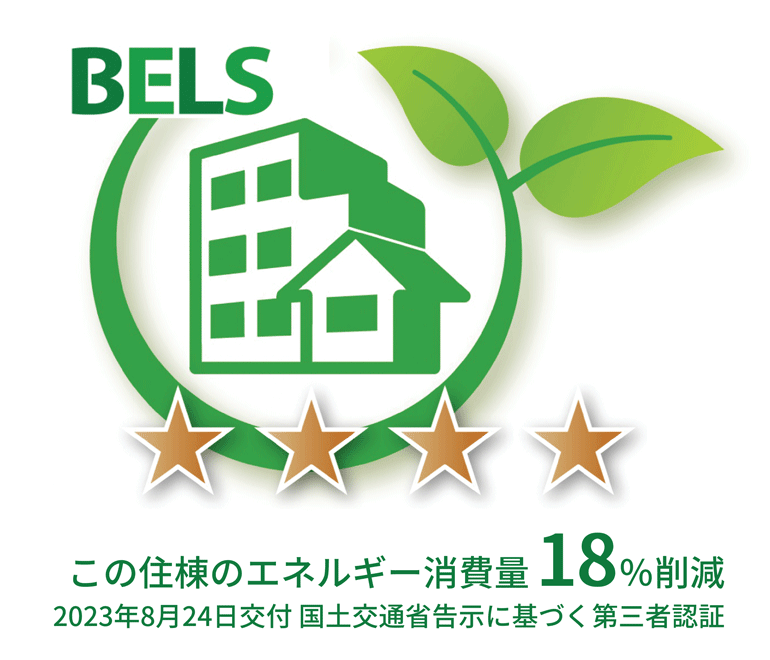 |
| Taito-ku, Asakusa, 6-chome II Project | Taito-ku, Tokyo | April 2025 (scheduled) | 12 floors above ground | 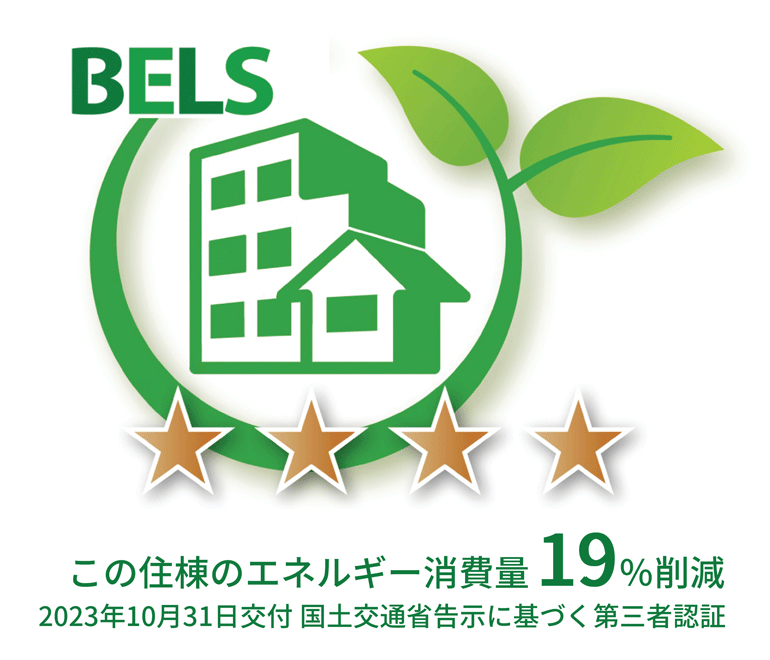 |
| Nakamura-ku, Kamejima 1-chome III Project | Nakamura-ku, Nagoshi-shi | April 2025 (scheduled) | 13 floors above ground | 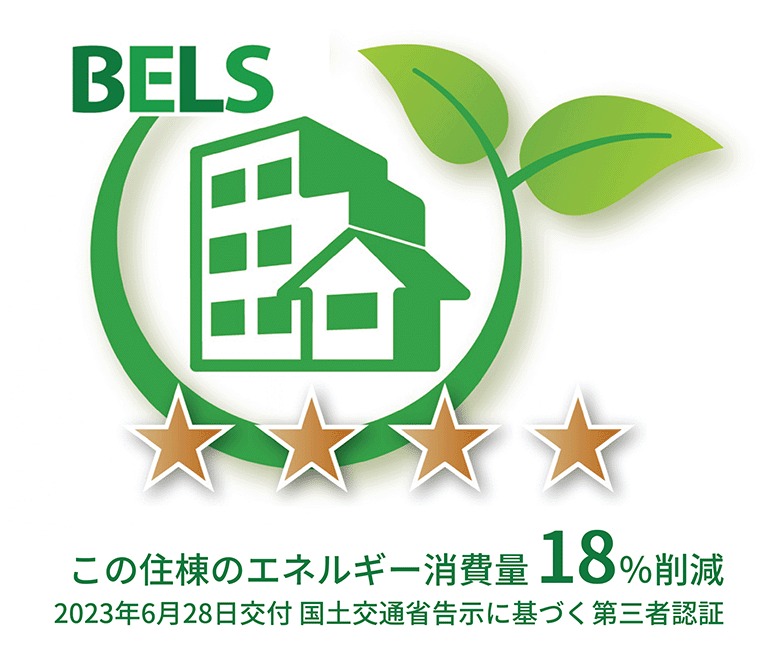 |
| Chikusa-ku, Imaike Minami II Prloject | Chikusa-ku, Nagoya-shi | April 2025 (scheduled) | 10 floors above ground | 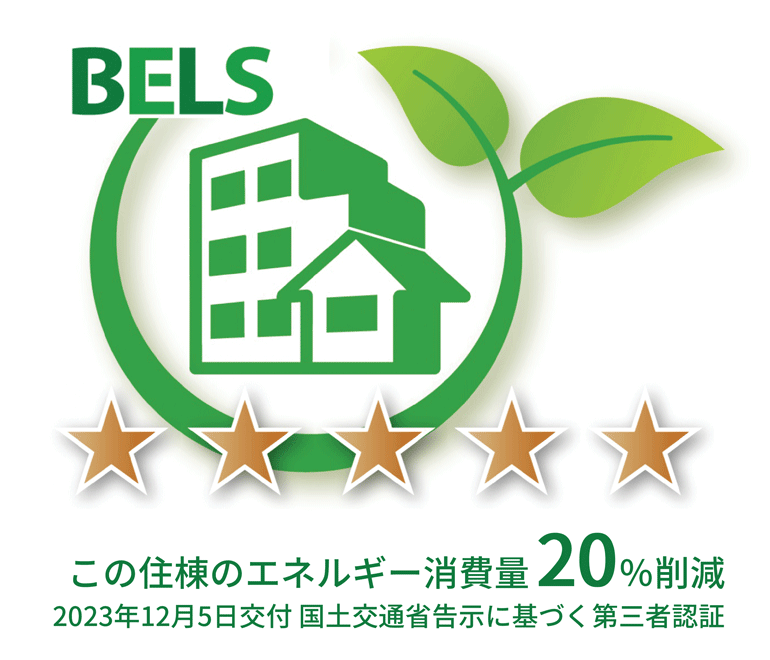 |
| Atsuta-ku, Shin-oto 2-chome Project | Atsuta-ku, Nagoya-shi | April 2025 (scheduled) | 10 floors above ground | 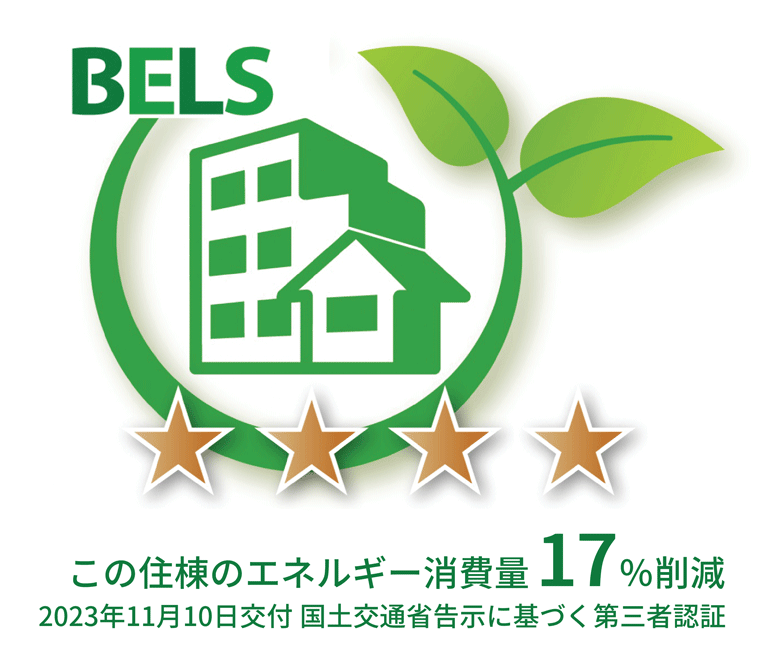 |
| Nishi-ku, Shinmichi 1-chome Project | Nishi-ku, Nagoya-shi | May 2025 (scheduled) | 15 floors above ground | 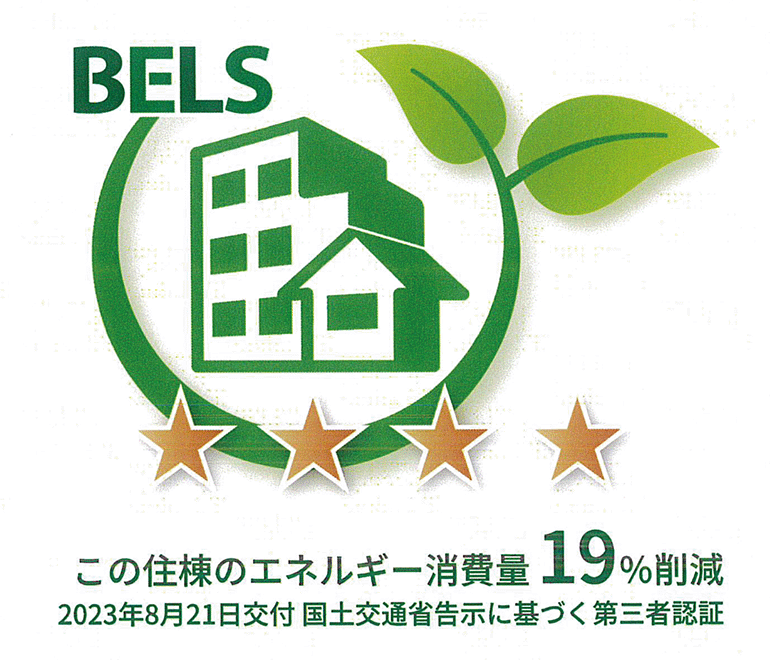 |
| Atsuta-ku, Hataya-cho Project | Atsuta-ku, Nagoya-shi | May 2025 (scheduled) | 15 floors above ground | 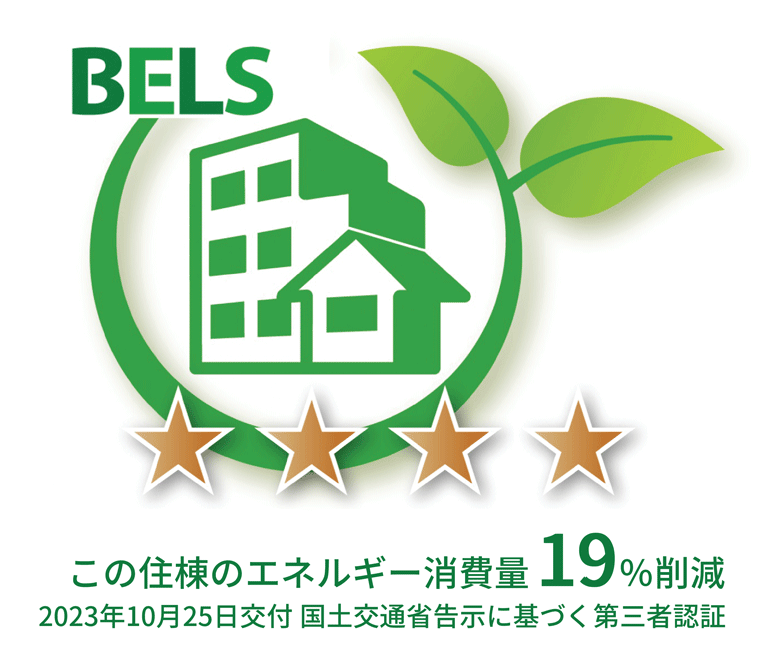 |
| Nakagawa-ku, Yaguma, 1-chome II Project | Nakagawa-ku, Nagoya-shi | May 2025 (scheduled) | 15 floors above ground | 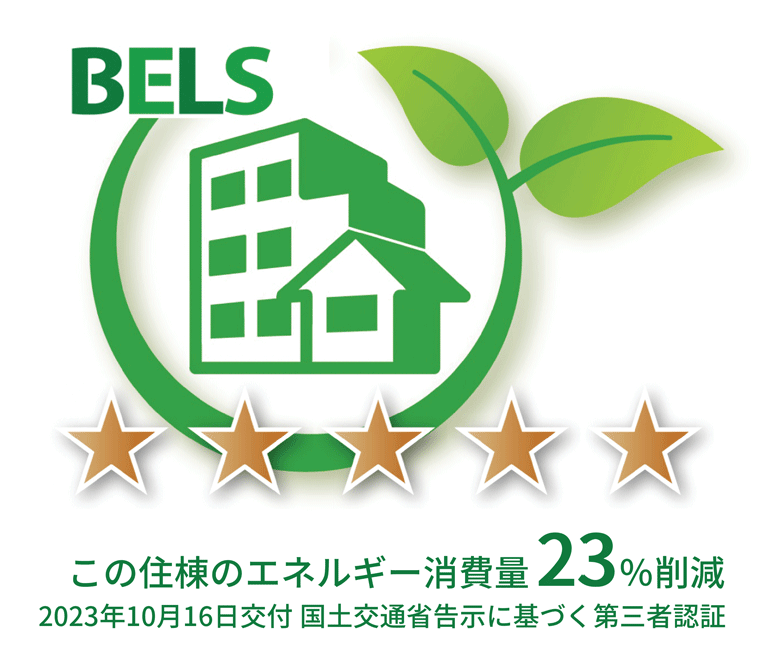 |
| Atsuta-ku, Sawakami, 1-chome Project | Atsuta-ku, Nagoya-shi | July 2025 (scheduled) | 15 floors above ground | 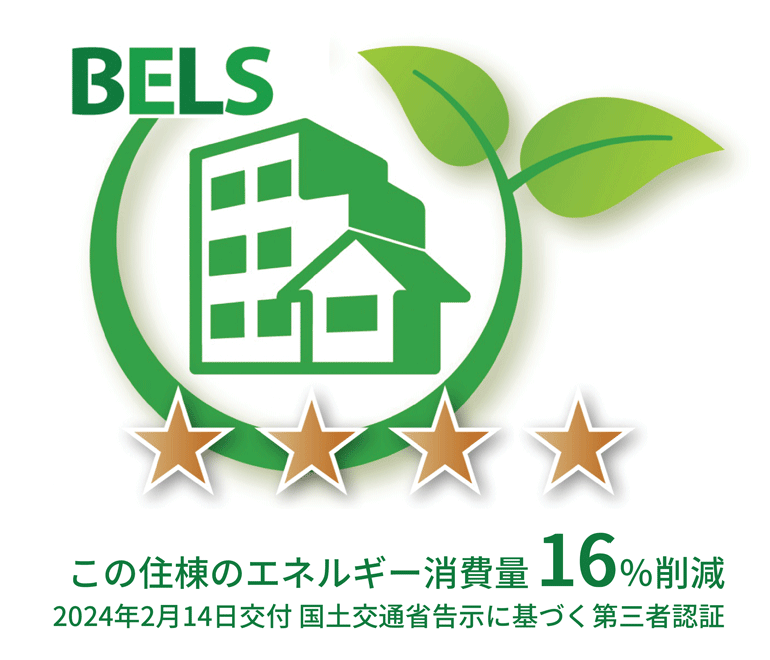 |
| Chuo-ku, Otemon 1-chome Project | Chuo-ku, Fukuoka-shi | July 2025 (scheduled) | 15 floors above ground | 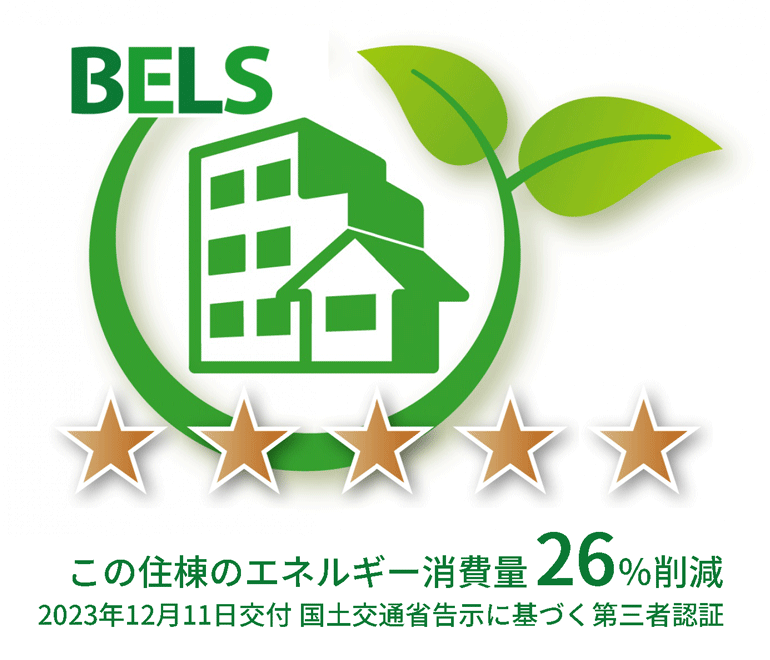 |
| Kita-ku, Temma 1-chome, Project | Kita-ku, Osaka-shi | September 2025 (scheduled) | 14 floors above ground | 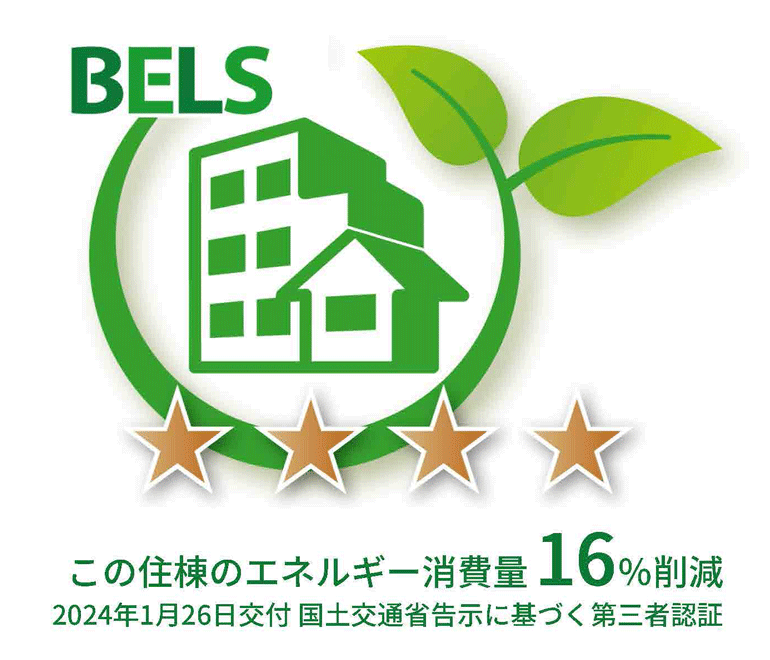 |
| Naka-ku, Takeyacho Project | Naka-ku, Hiroshima | February 2026 (scheduled) | 15 floors above ground | 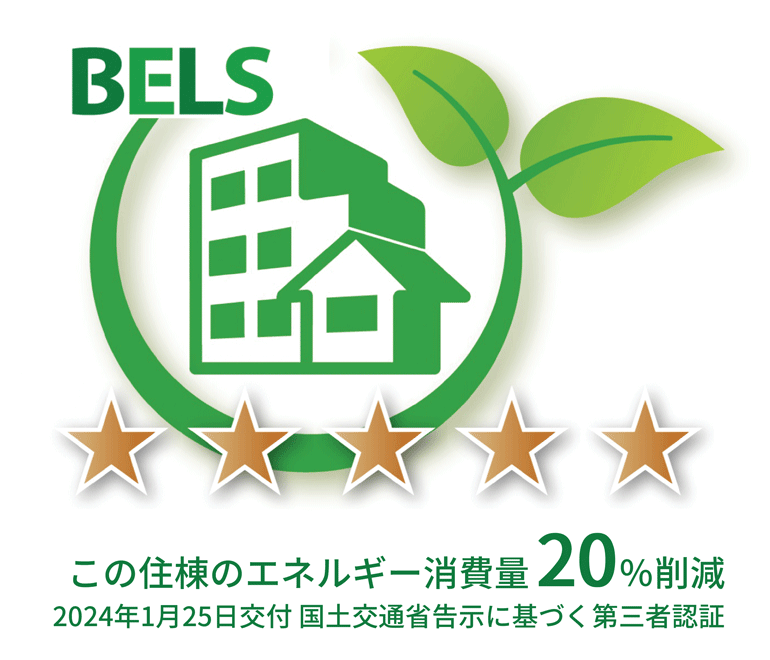 |
| Property name | Location | Completion | Number of rooms | Rating |
|---|---|---|---|---|
| Ibis Styles Nagoya | 4-22-24, Meieki, Nakamura-ku, Nagoya-shi | November 2020 | 284 | 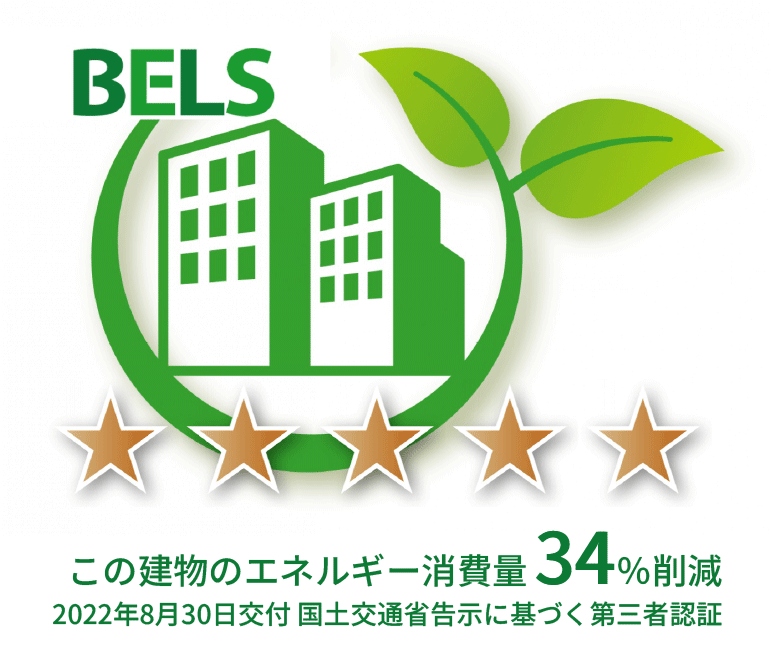 |
| Property name | Location | Completion | Number of floors | Rating |
|---|---|---|---|---|
| XYMAX Hokkaido Sapporo Odori Building (Formerly S-BUILDING Sapporo Odori) | 5-10 Odori-nishi, Chuo-ku, Sapporo-shi | November 2020 | 10 floors above ground and 1 basement floor | 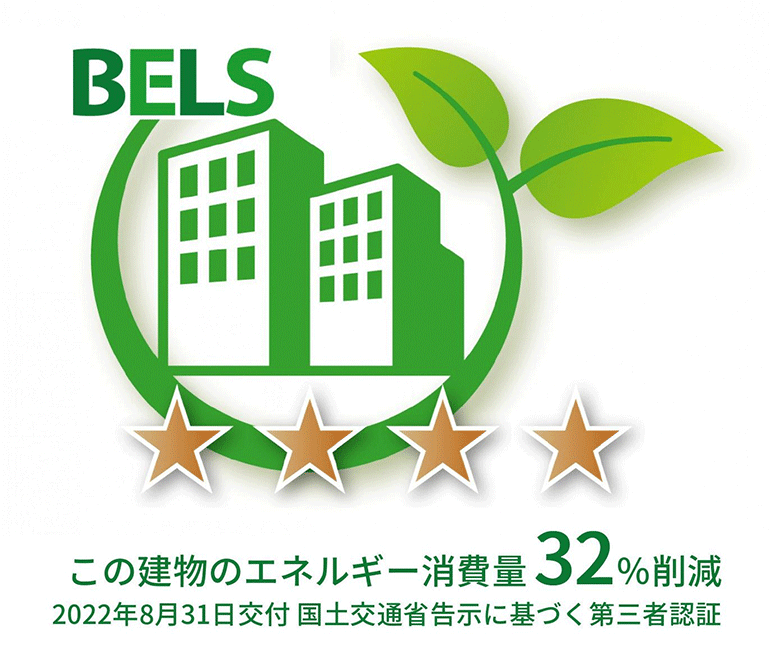 |
Under the theme of “coexistence of human and nature,” the Samty Group is developing initiatives that contribute to the sustainable enhancement of corporate value through acquisition of environmental certifications and green investments, by immediately responding to diversifying social demands and tenant needs while reducing our environmental impact by developing energy- and resource-conscious real estate such as Green Buildings.
The Group has acquired the DBJ Green Building Certification for FY2021 from the Development Bank of Japan (DBJ) for a total of 11 S-RESIDENCE properties developed in-house (including those already sold). This certification program is designed to build a bridge between businesses, financial institutions, and investors through the evaluation of environmentally and socially conscious real estate (Green Building). In addition to hardware specifications such as the environmental performance of real estate, we also focus on software aspects such as operational management to visualize ESG investments, including older existing properties.
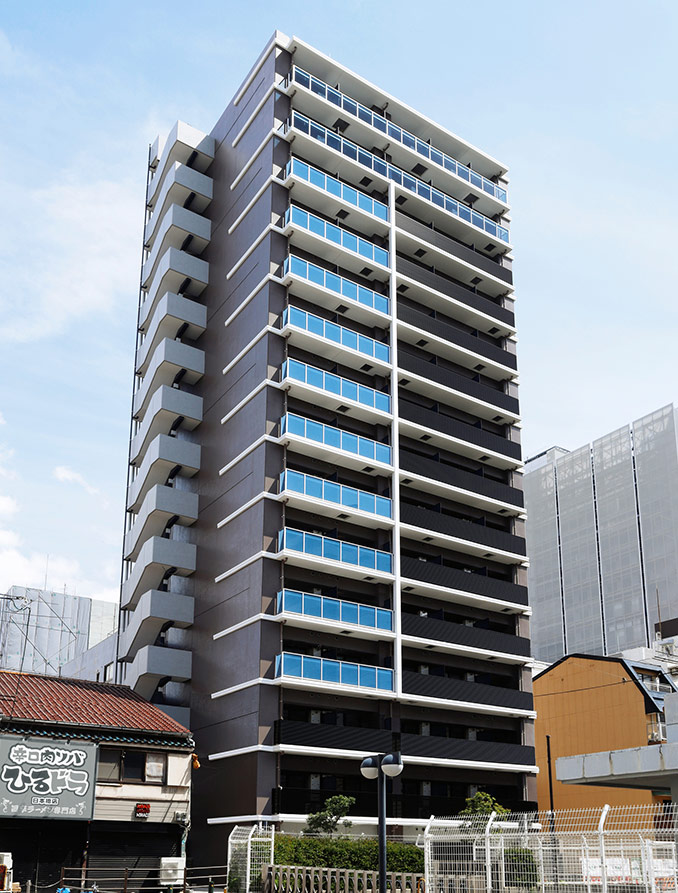
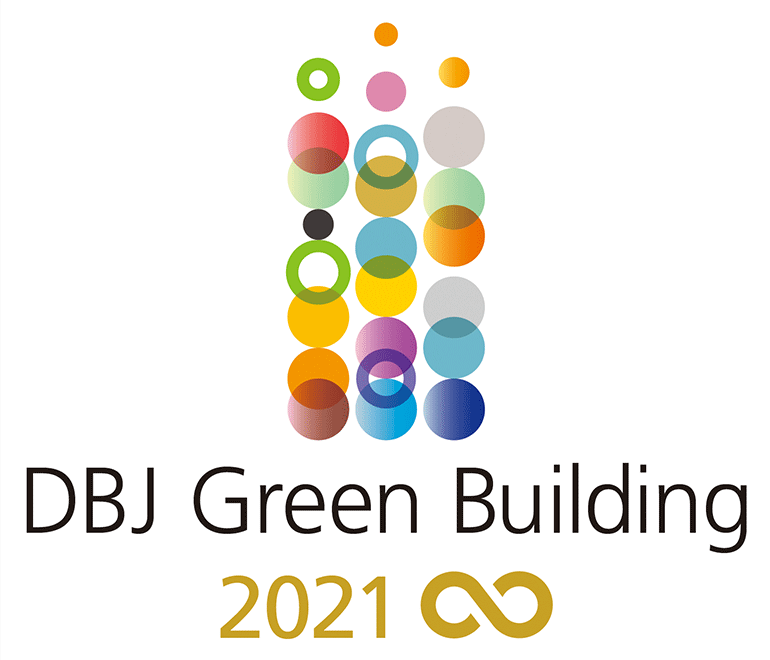
CASBEE, or the "Comprehensive Assessment System for Building Environmental Efficiency," allows for evaluations aligned with the lifecycle of buildings, including planning, new construction, existing structures, and renovations. It is a system that comprehensively assesses the environmental performance of buildings, indoor environments, and the reduction of impacts on the surrounding environment. The evaluations are mainly categorized into "CASBEE for Building" for newly constructed or renovated buildings, "CASBEE for Real Estate " for existing structures, and "CASBEE for Wellness Office" targeted at office buildings.
For more information on CASBEE Certification, please click here.
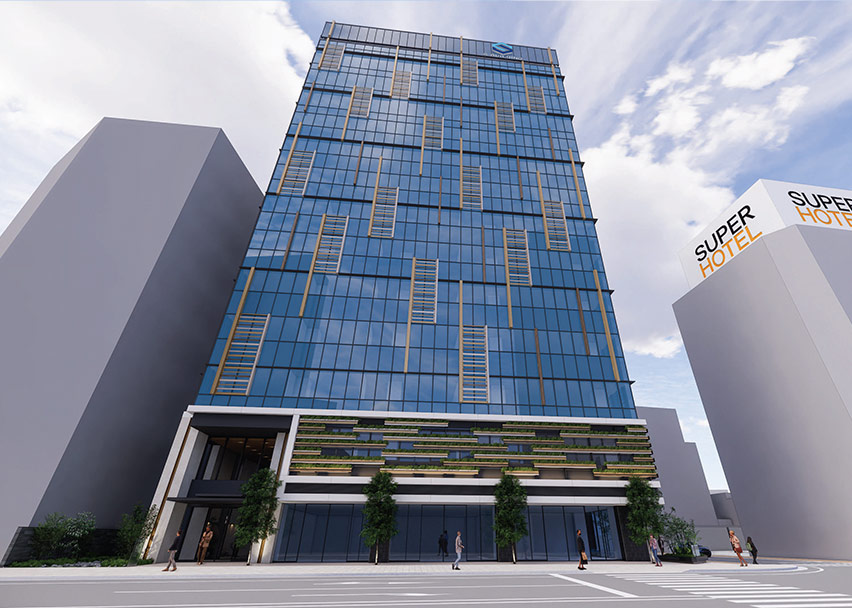
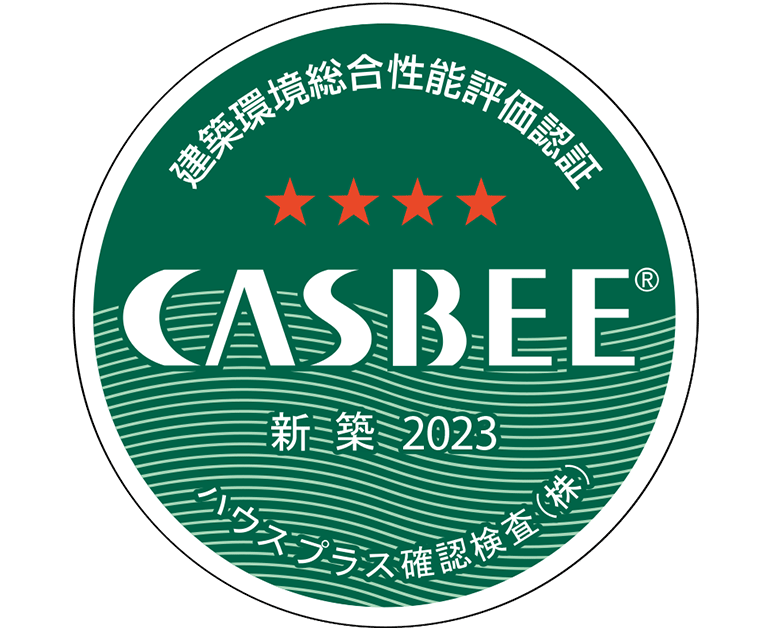
In Kyoto, which attracts many domestic and international visitors for tourism and business purposes, we are carrying out a decarbonization initiative to become self-sufficient in electricity by using solar power generation and storage systems installed on the rooftops of our five hotels. The generated electricity is stored and used for lighting and air conditioning of the offices and parking lots, and power consumption during the day is covered by the in-house power generation system. In the event of a power outage, this system can supply power as an emergency power source and help ensure business continuity.
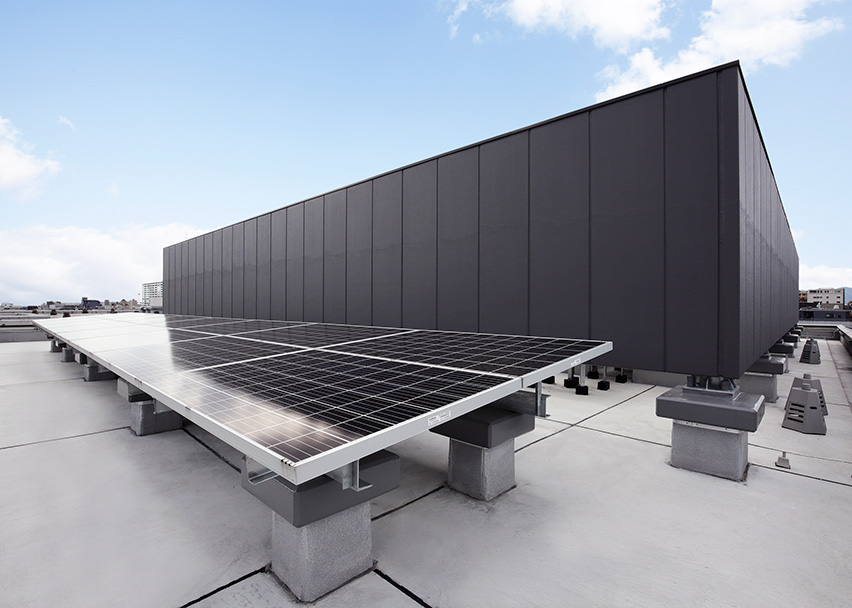
We have installed solar power generation facilities on our land in Yamatokoriyama-gun, Nara Prefecture, and have been supplying (selling) electricity to Kansai Electric Power Company since April 2015, using this solar power generation to cover the electricity used at our group offices.
We will continue to develop projects that promote the supply of clean renewable energy.
We installed solar panels on our land and began selling electricity on April 22, 2015.
| Location (lot number) | 345, 259-1, Shigicho, Yamatokoriyama, Nara Prefecture |
|---|---|
| Area (public registry) | 5,046.99m2 (1,526.71 tsubo) |
| Number of panels | 1,488 |
| Recipient of power | The Kansai Electric Power Co. Inc. |
| Power generation performance |
|
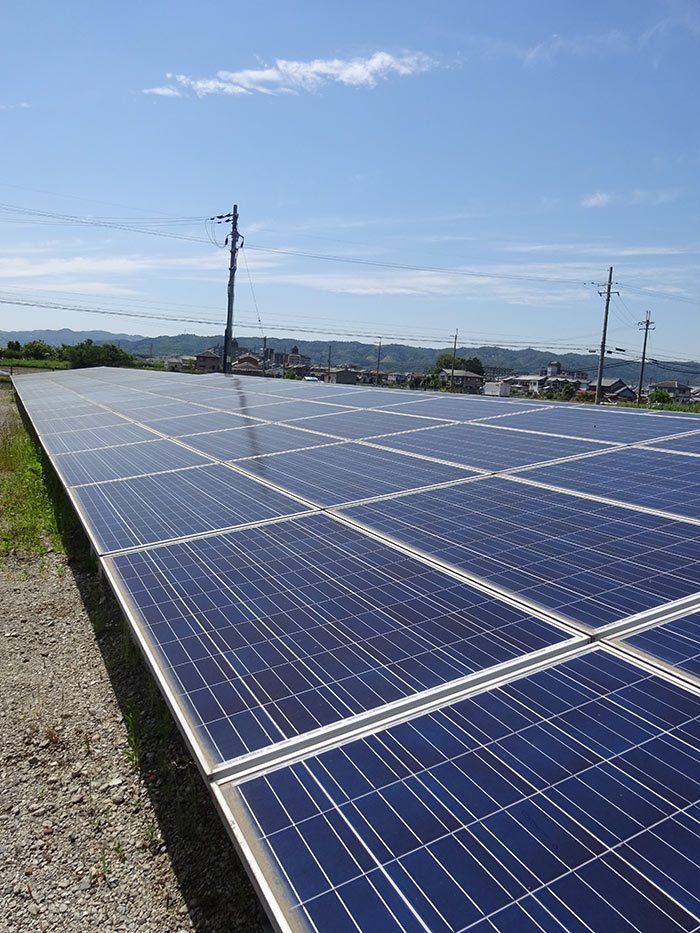
In response to the recent growing interest in ESG investments, our group company, SAMTY ASIA INVESTMENTS PTE. LTD. (located in Singapore), has established a fund to manage internal funds. The first green bond, issued by a renewable energy company, targets investments in wind power generation projects in Italy. As renewable energy is attracting more attention than ever in Europe due to the recent situation in Ukraine, we believe that this is a beneficial investment from the perspective of energy security. In addition to being a new source of income in depopulated rural areas in southern Italy, the project has established a coexistence and co-prosperity relationship with the local communities, as sheep grazing around the windmills leads to weeding.
From FY2022 onward, we plan to actively make ESG investments related to global green bonds and social bonds in cooperation with a wide range of companies in Japan and overseas, thereby contributing to building a sustainable society.



